In the comments to last week’s post on food toxins and bowel disease, I stated that, “People with bowel problems will usually do well to avoid dairy proteins, but my belief is that people with healthy bowels can usually manage dairy.”
Today, Peter links to some evidence for that proposition.
In 2005 a group led by Antonio Gasbarrini at Catholic University in Rome studied patients who experienced diarrhea and bloating after dairy consumption. They gave all patients an H2-lactose breath test, which tests the ability of the small intestine to digest the milk sugar lactose, and tests for celiac disease antibodies.
The found that 24% of those with lactose malabsorption, but only 2% of those who could digest lactose, tested positive for celiac disease antibodies. [1] It appears that destruction of the small intestine by wheat is a leading cause of inability to digest lactose – the prerequisite for lactose intolerance.
A 2008 follow-up study showed that when these patients gave up wheat and other gluten-containing grains, they recovered the ability to digest lactose:
The present study shows that a large proportion of CD patients experience a regression of lactose malabsorption after receiving a gluten-free diet. This may be related to normalization of the brush border with an improvement of lactase enzyme activity. LBT should be performed after 12 months in CD patients on a gluten-free diet in order to assess the persistence/disappearance of lactose malabsorption, thus avoiding an unnecessary lactose-free diet. [2]
Now these papers deal only with lactose malabsorption, not problems with partially digested cow casein peptides, which are the most important cause of difficulties from dairy. So they don’t prove that dairy is safe for those who don’t eat grains and have healthy bowels.
However, they do give a bit of encouragement to those of us who are loathe to follow Loren Cordain’s advice to give up dairy.
[1] Ojetti V et al. High prevalence of celiac disease in patients with lactose intolerance. Digestion. 2005;71(2):106-10. http://pmid.us/15775678.
[2] Ojetti V et al. Regression of lactose malabsorption in coeliac patients after receiving a gluten-free diet. Scand J Gastroenterol. 2008;43(2):174-7. http://pmid.us/17917999.


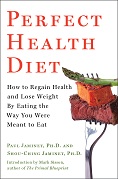




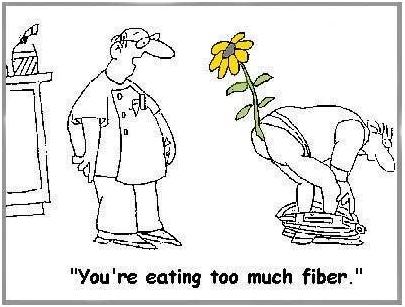

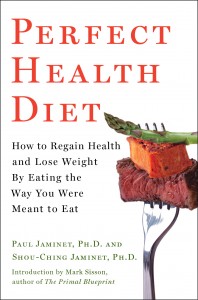
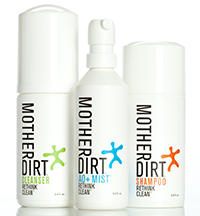
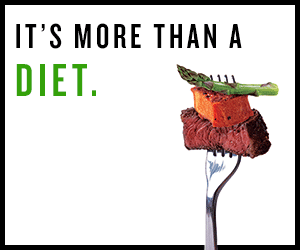
Recent Comments